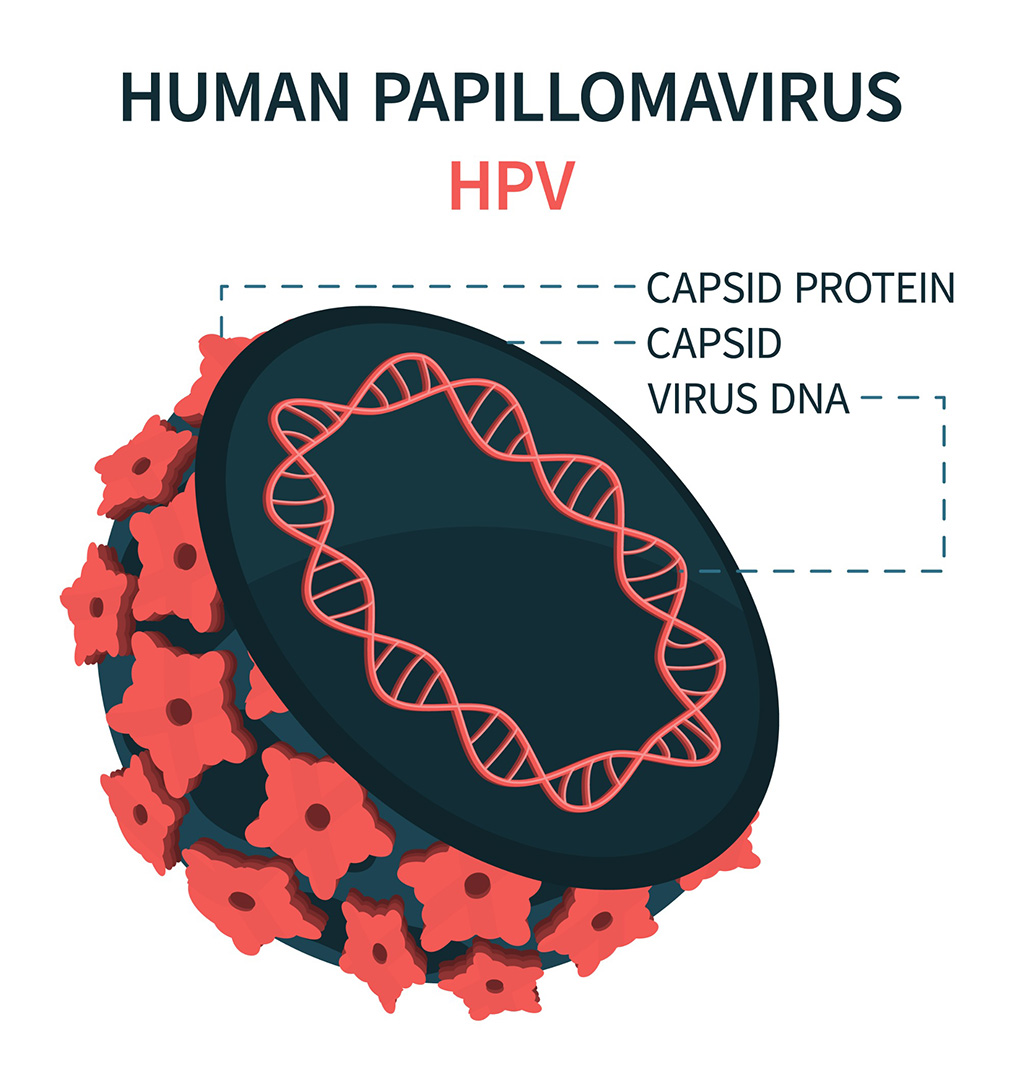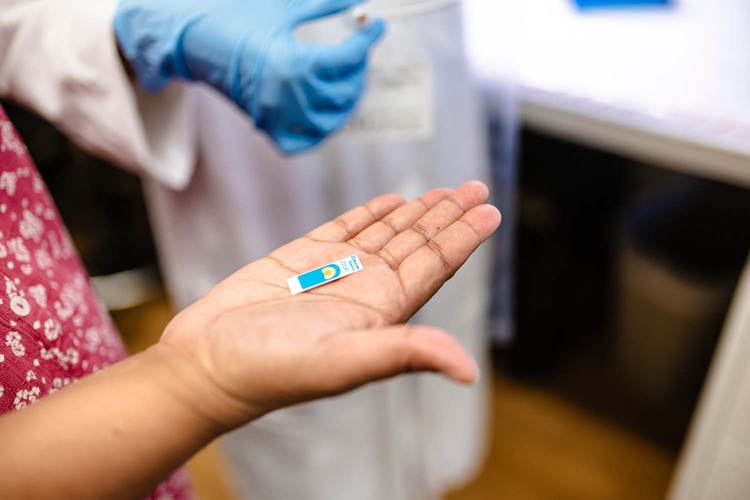DNA Biosensor Enables Early Diagnosis of Cervical Cancer
Posted on 21 Dec 2023
Molybdenum disulfide (MoS2), recognized for its potential to form two-dimensional nanosheets like graphene, is a material that's increasingly catching the eye of the scientific community. These nanosheets are formed through the stacking of S–Mo–S layers that are held together by Van der Waals forces. MoS2's distinctive structural, optical, thermal, and electrochemical attributes have paved the way for research in diverse domains, including biomolecule sensing, optoelectronics, energy storage, and more. Historically, carbon nanostructures have been used as an immobilization platform for DNA. To replace carbon with MoS2 as an effective electrochemical DNA sensor, the electrical conductivity of MoS2 must be improved significantly.
To tackle this challenge, researchers at Chung-Ang University (Seoul, South Korea) have devised an electrochemical DNA biosensor using a composite of graphitic nano-onions and MoS2 nanosheets. This biosensor shows promise in detecting human papillomavirus (HPV) types 16 and 18, offering the potential for early cervical cancer diagnosis. The team measured the biosensor's sensitivity to these HPV types using the differential pulse voltammetry (DPV) technique in conjunction with methylene blue (MB) as a redox indicator. They observed that the nano-onion/MoS2 nanosheet composite electrode demonstrated higher current peaks than its MoS2-only counterpart, suggesting enhanced conductive electron transfer facilitated by the nano-onions.

This enhancement led to the effective and specific detection of target DNAs from HPV-16 and HPV-18 Siha and Hela cancer cell lines. As a result, MoS2 nanosheets with improved electrical conductivity, when combined with nano-onions, have shown potential as a robust platform for creating electrochemical biosensors that can efficiently diagnose various health conditions, including cervical cancer. Moreover, the integration of nano-onions or nanodiamonds with various organic biomaterials could lead to advancements in chemical functionality, electron transfer conductivity, light absorption, and more. These developments hold promise for groundbreaking applications in disease sensing, targeted drug delivery, and biomedical imaging and diagnostics.
Related Links:
Chung-Ang University














